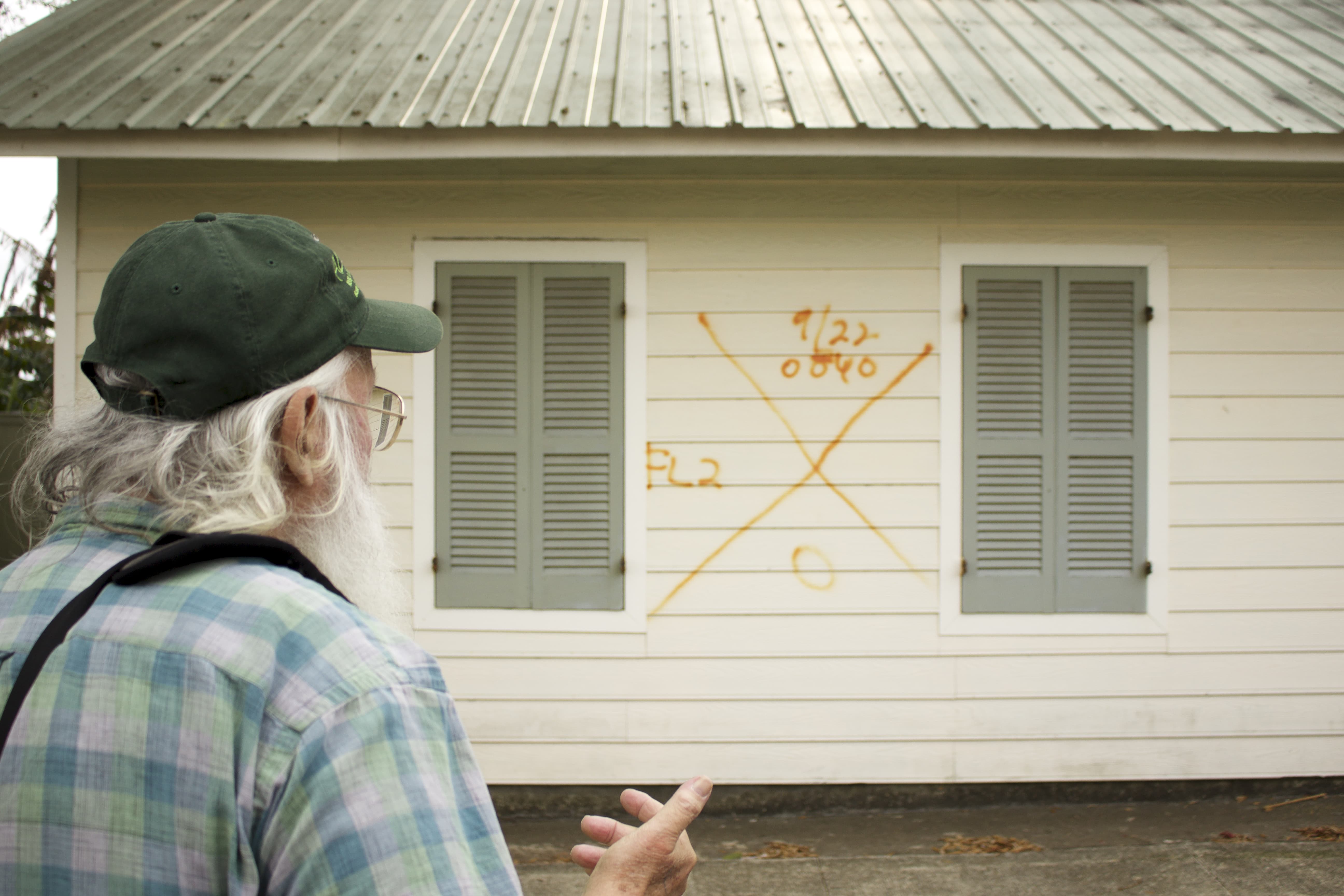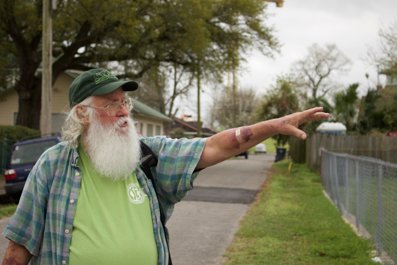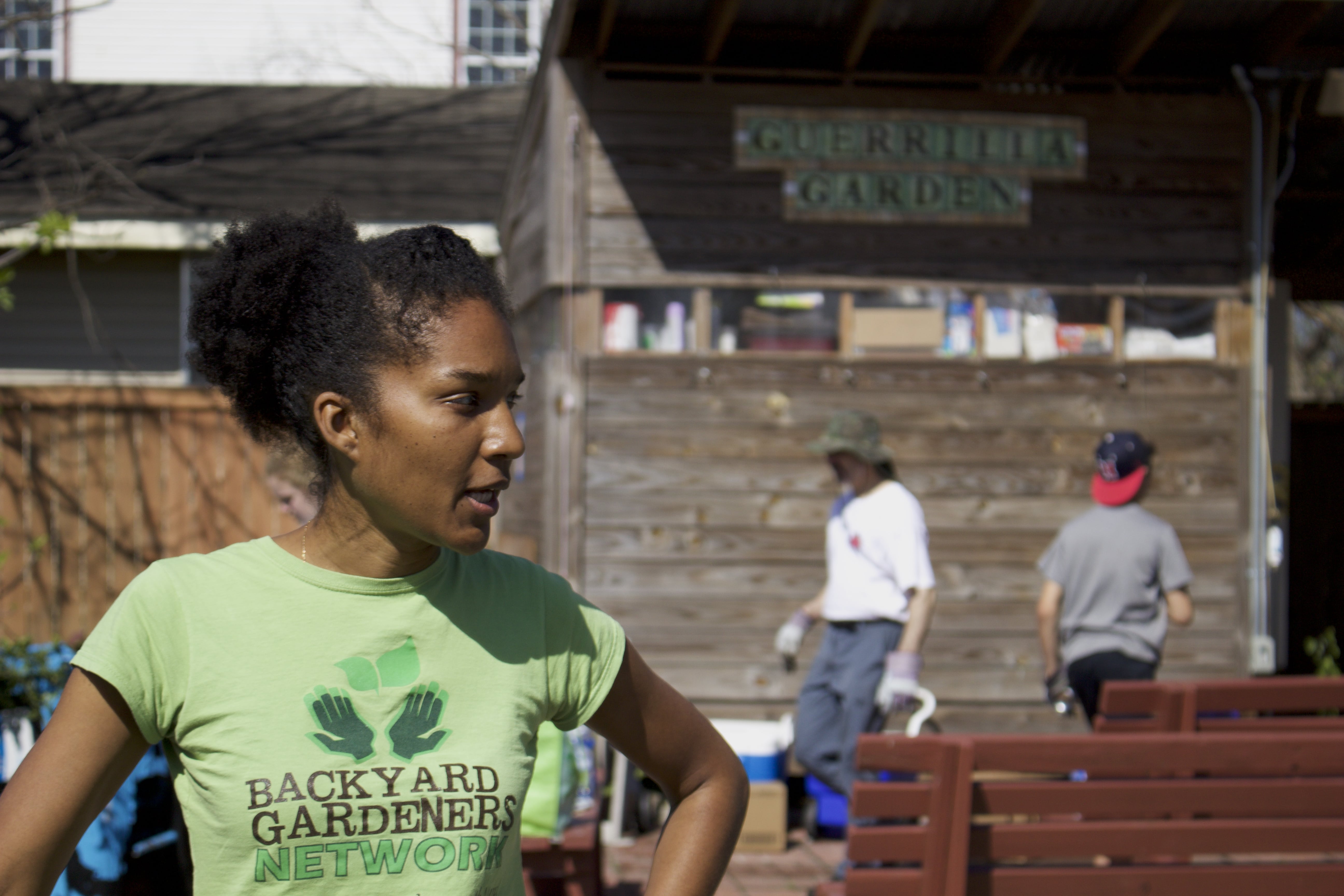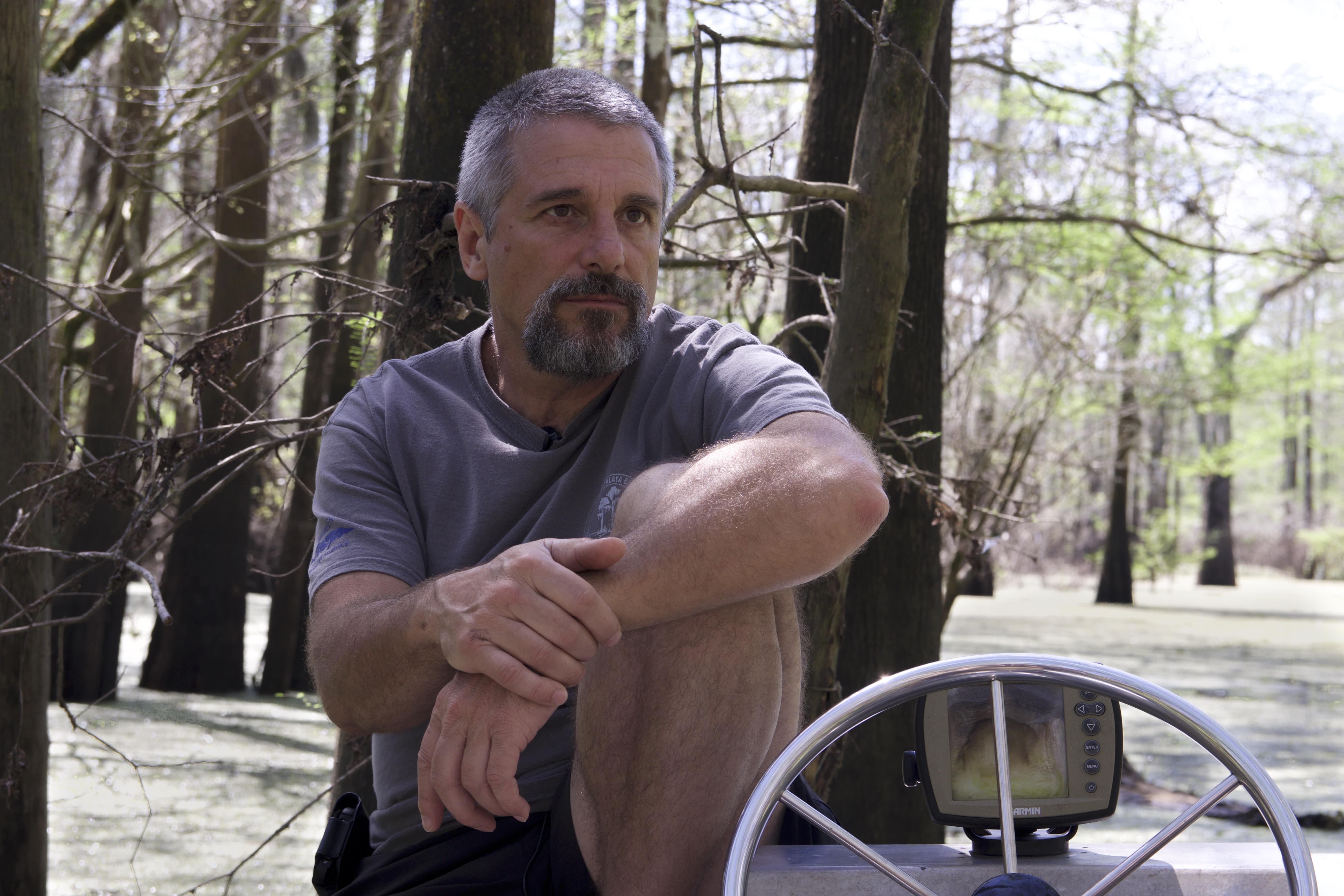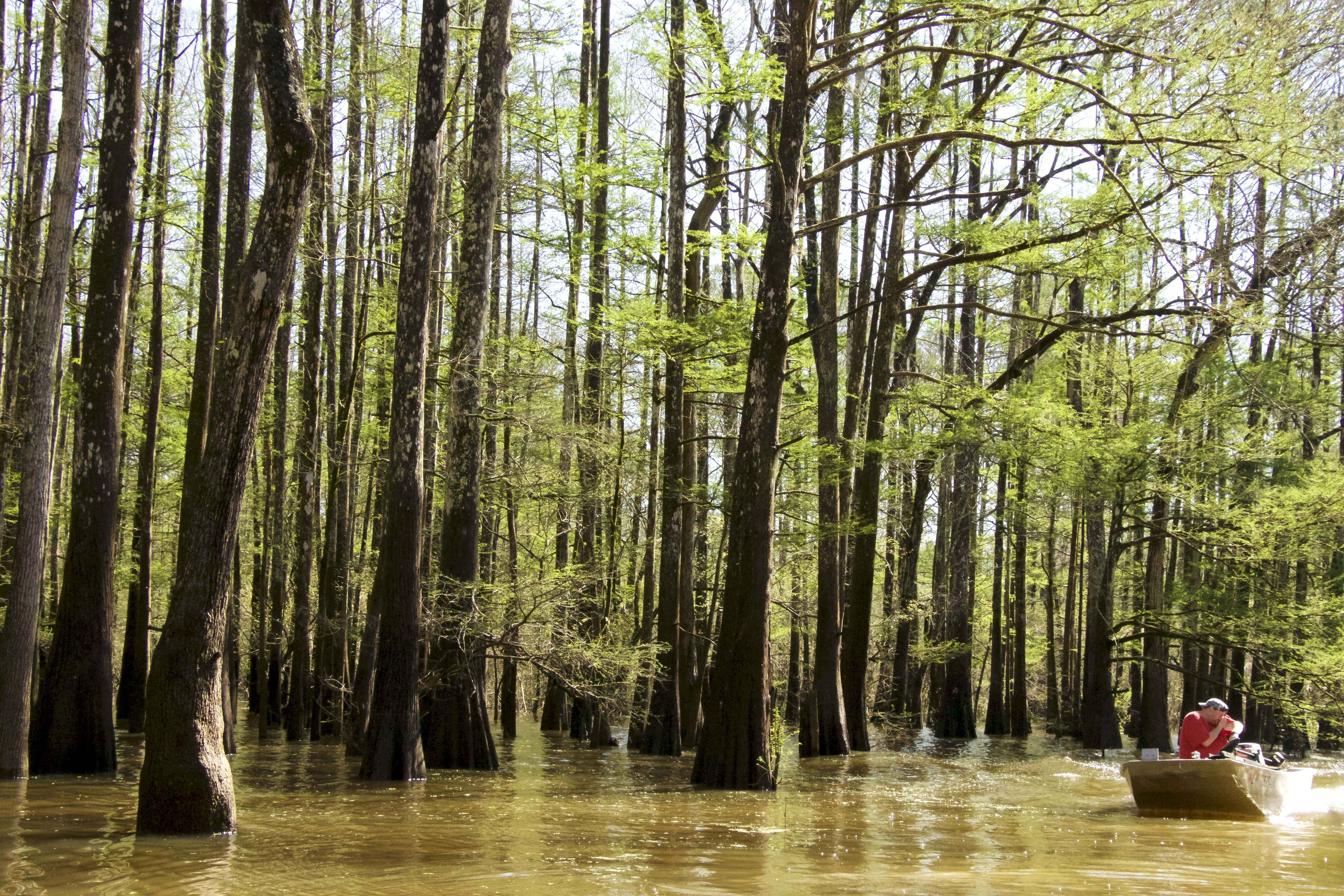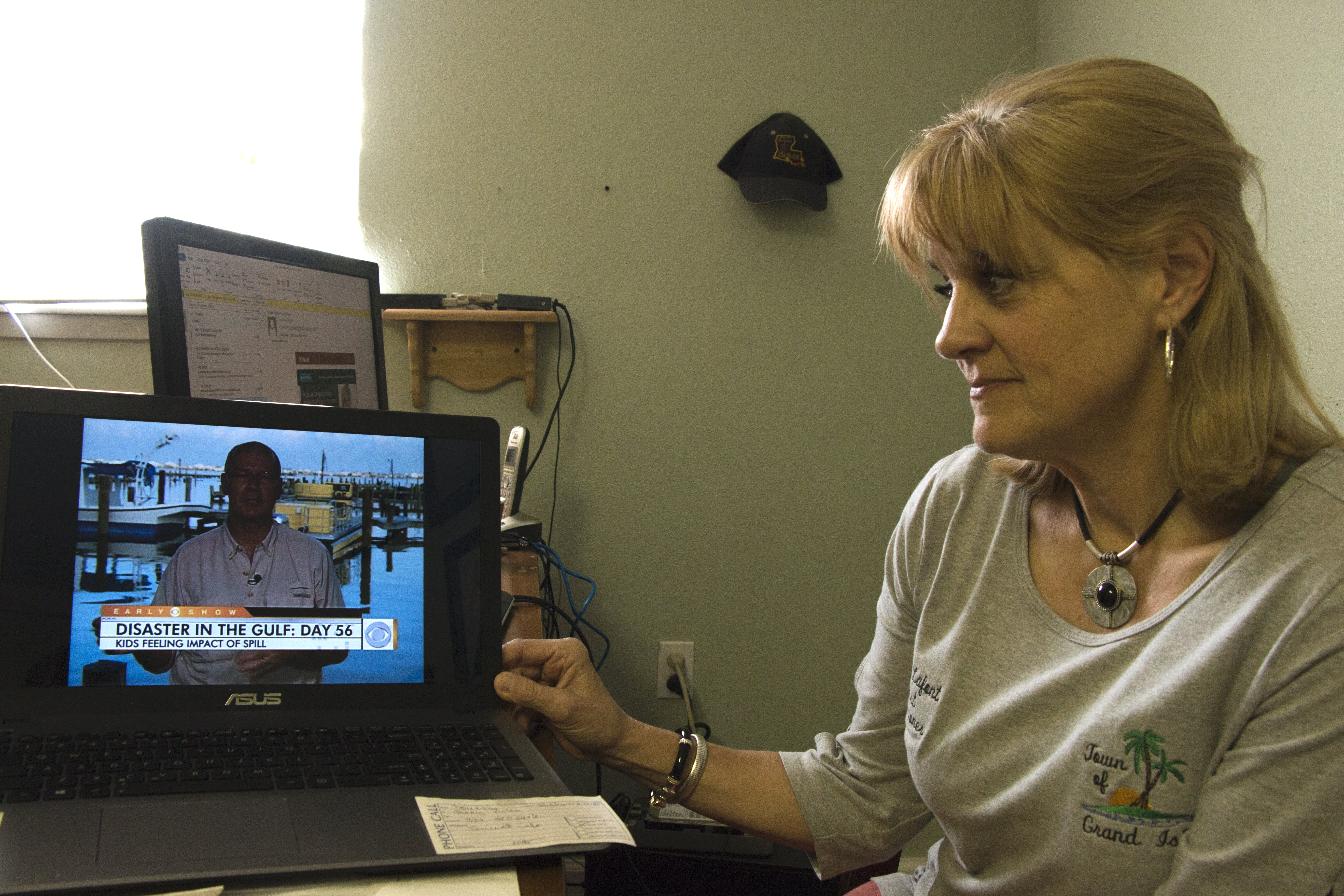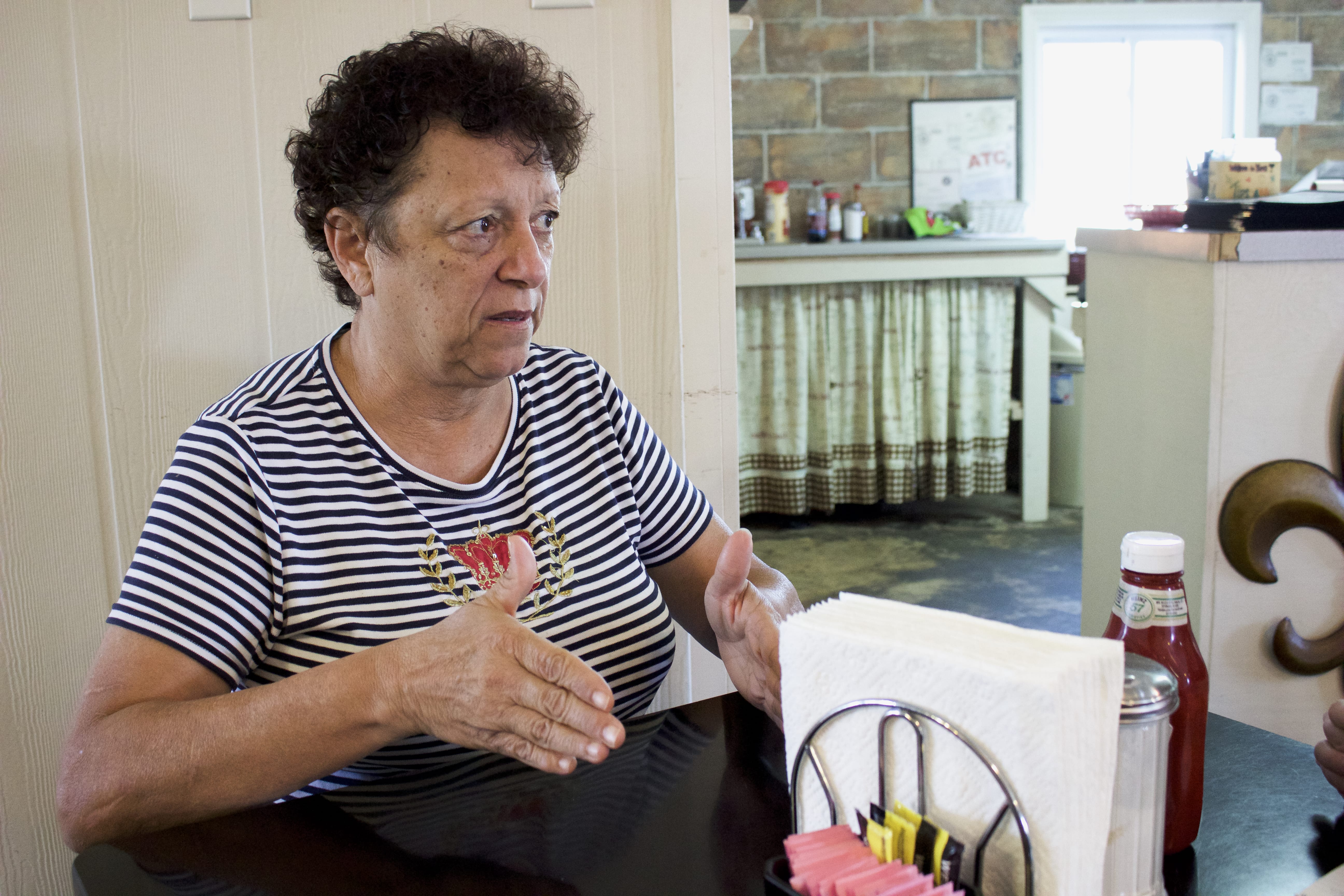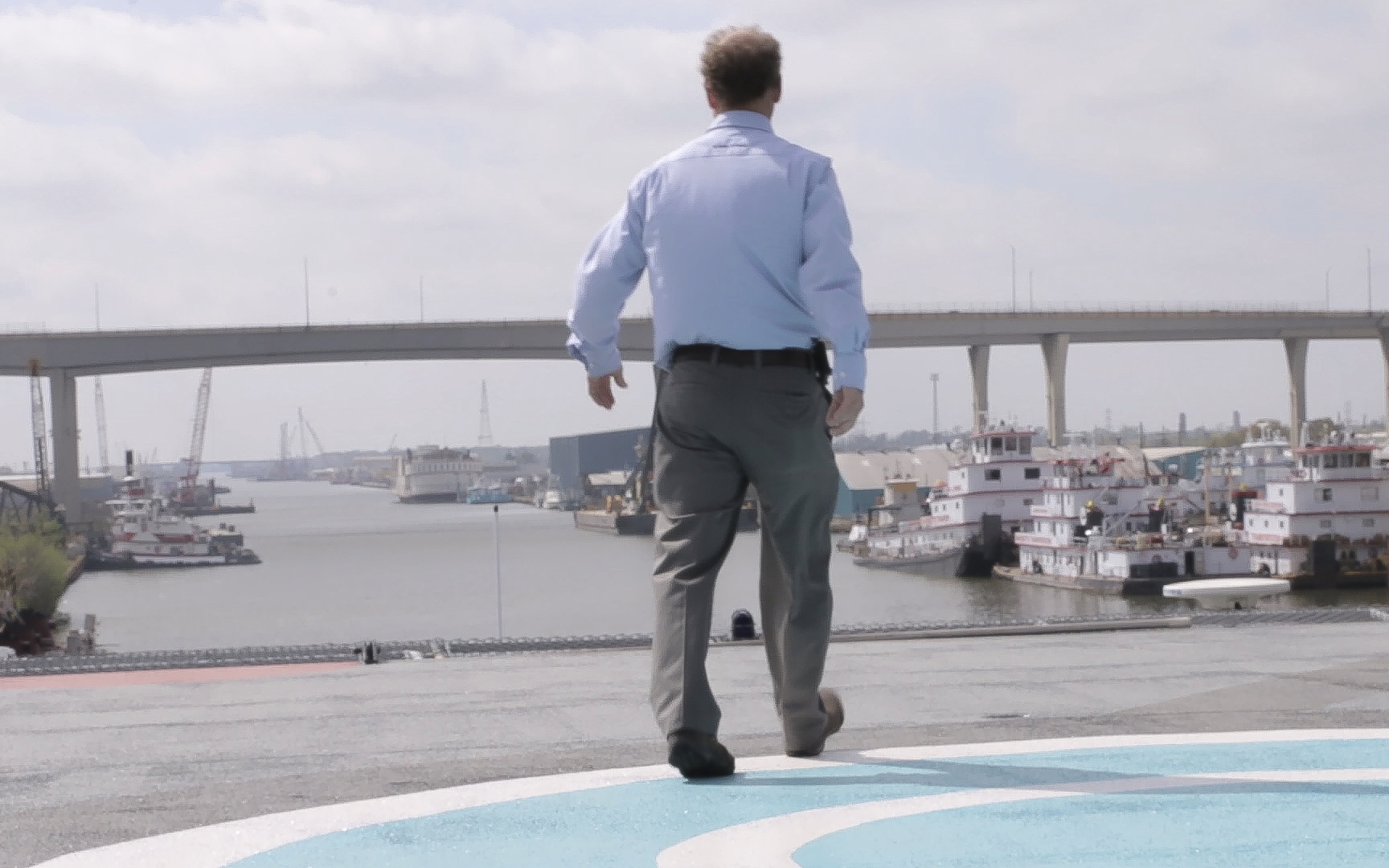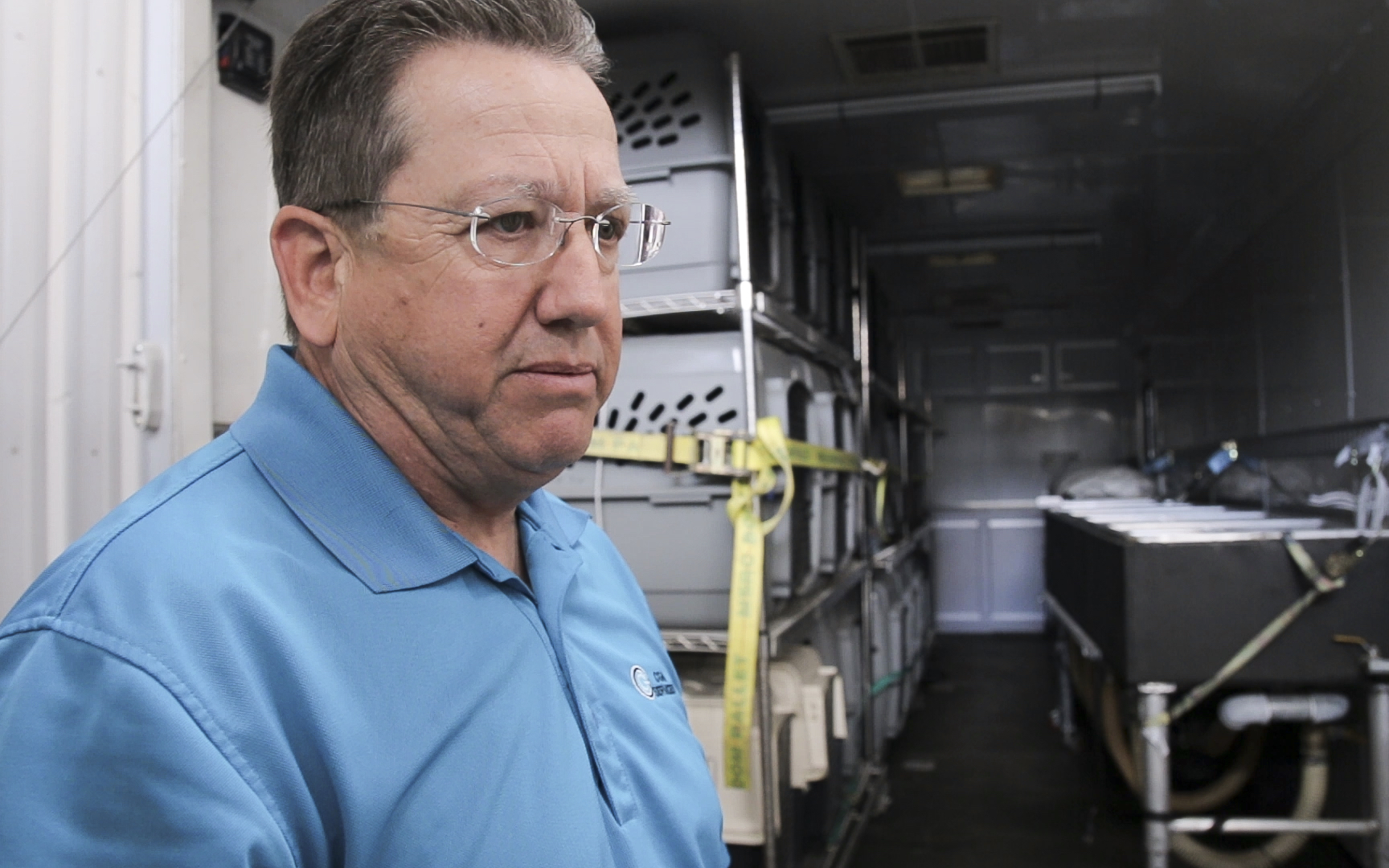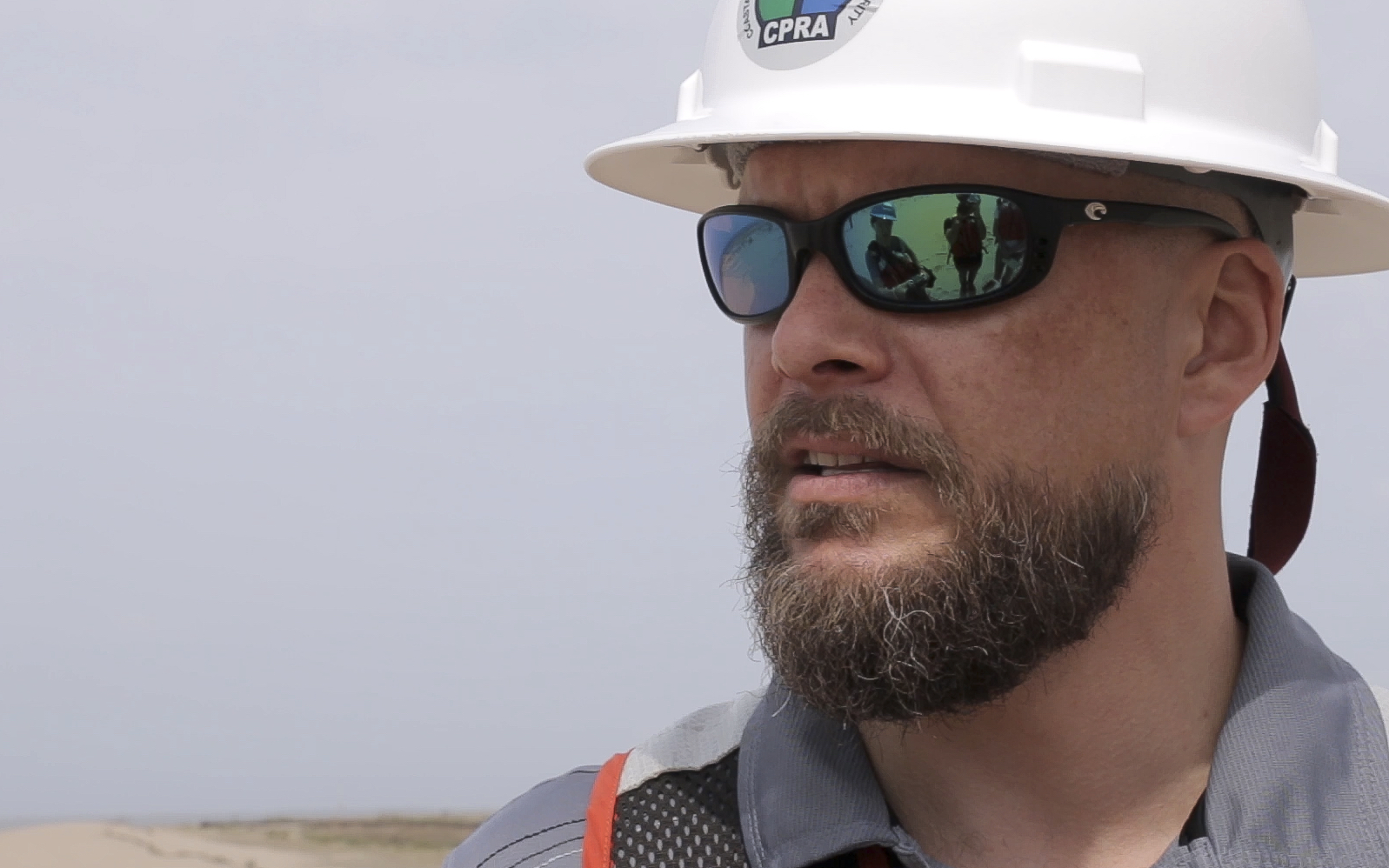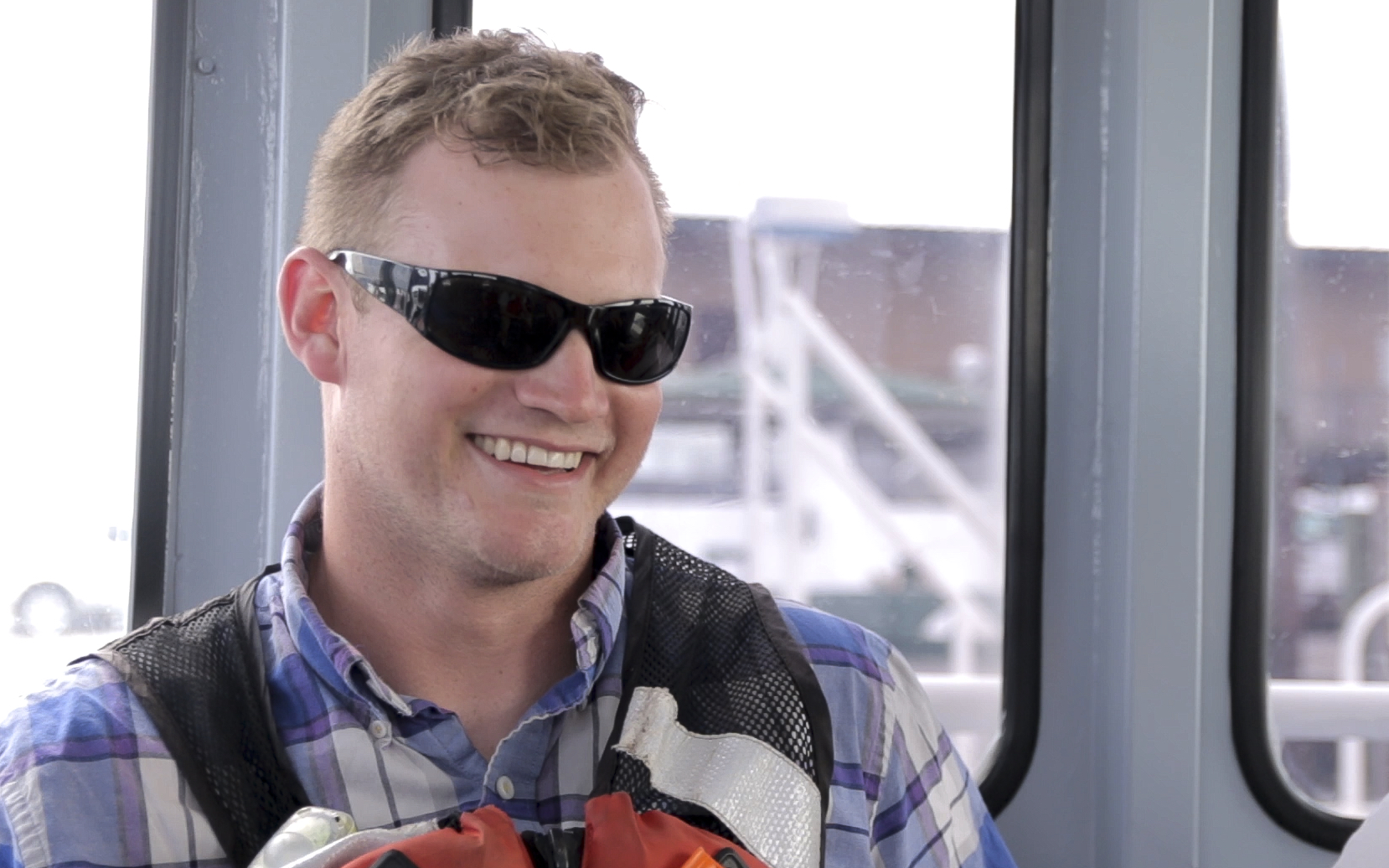
Robert Green sits in his house on Tennessee Street in the Lower Ninth Ward. The area is considered “ground zero” in the catastrophe that struck New Orleans after Hurricane Katrina in 2005. Green remembers it well. He lost his 73-year-old mother, Joyce, and his three-year-old granddaughter, Shanai, on the roof of their home, which tore from its foundations, and floated down the street with the flood. Green and his family had lived in the house since 1967. Now, Green helps in rebuilding the community, which still feels the effects of the storm. Many people were displaced, having no home to return to in the aftermath.
